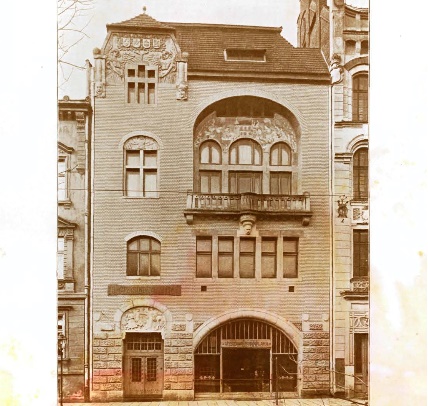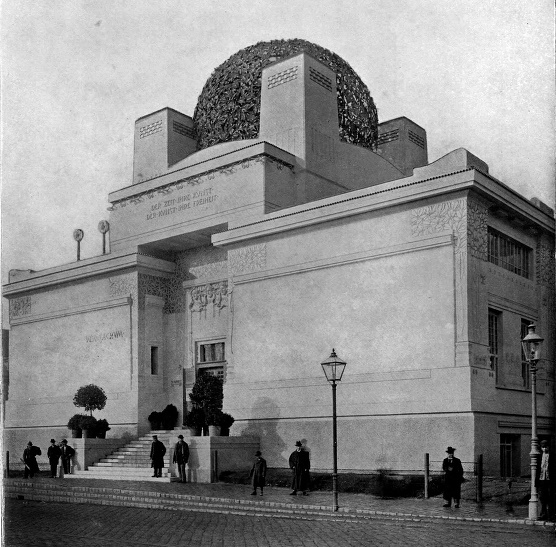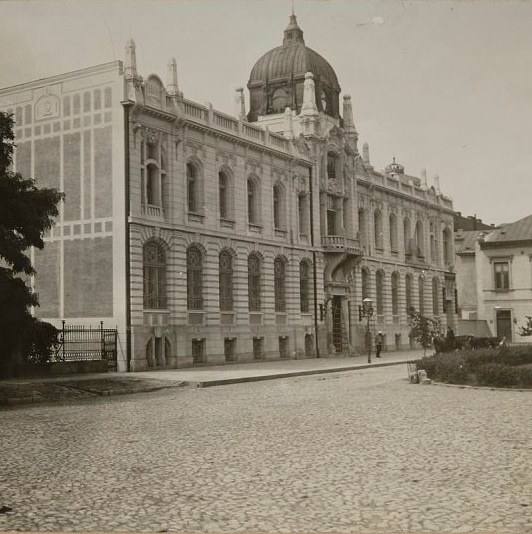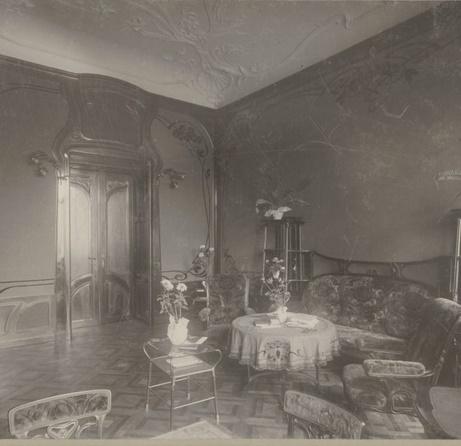Art Nouveau architecture
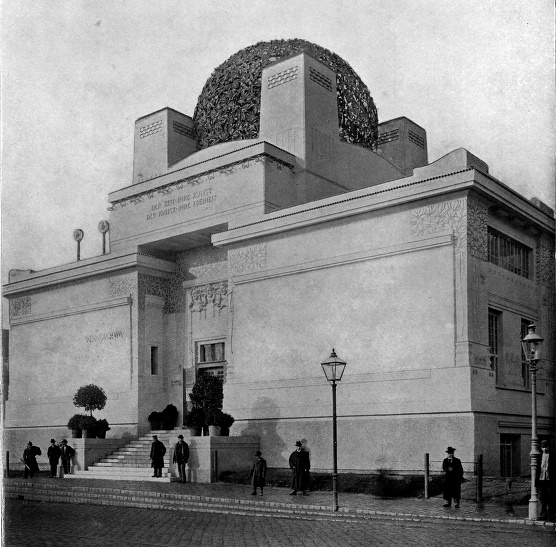
Among posts with recommended objects from the Digital Libraries Federation we can find one depicting artists of the Art Nouveau. On the Polish base, this kind of style, mostly popular in Europe on the breakthrough of 19th and 20th centuries, was called secession (fr. sécession, lat. seccesio “departure”). Secession is featured by rich plant and animal ornaments, liquid shapes, effortless and soft but intensive colours. What is interesting, this style tried to diffuse and connect all fields of art – from painting, graphics, to architecture, furniture and interior design. Below we present examples of the secession architecture, often seen in a broader way with the art craft.
Worthwhile publications in this area are shared by the Lower Silesian Digital Library, where we can read a PhD thesis about Polish architect and painter – Form language of Teodor Talowski and the modern architectonic composition – Talowski as one of the most important architects of 19th and 20th centuries breakthrough, and also a complex characteristics of this age. In the same library we can find also one copy of a magazine Architekt – Paper about Architecture, Construction and Art Industry from 1900 – illustrated with photographs from the times of Art Nouveau heyday, describing among others an amazing building in Vienna – House of Art Nouveau. Magazine Architekt is shared also by the Digital Library of the Warsaw University of Technology – contains a comprehensive work about condition, ways of development and characteristics of architecture those days, and also a broad description of a House of Technical Society in Cracow. Another newspaper concerning Art Nouveau architecture and design can be found in the Pomeranian Digital Library – there is a beautifully issued and illustrated French magazine Art et décoration: revue mensuelle d’art moderne (1, 2), and it is so visually attractive, that unfamiliarity of this language does not play any role in most articles. Apart from periodics, among stocks of libraries belonging to the DLF we can also find photographs depicting buildings kept in a secession way. The National Digital Museum in Warsaw presents for example a palace of Maurycy Poznański in Łódź – view from a lounge with decoration and furnishings in Art Nouveau style from 1900; and a bank mansion of Wilhelm Landau in Warsaw on the Senatorska street, designed by Stanisław Grochowicz and Gustaw Landau-Gutenteger, built among years 1904-1906. Digital Library of the University of Wrocław presents another photo – it is a building of a vocational subsidiary and a sculpture decoration with an arm of Wrocław which can be found in Wrocław on Józefa Piłsudskiego street. In the end we present a modern science work from the Multimedia Library of the NN Theatre about the Art Noveau architecture in Lublin.

